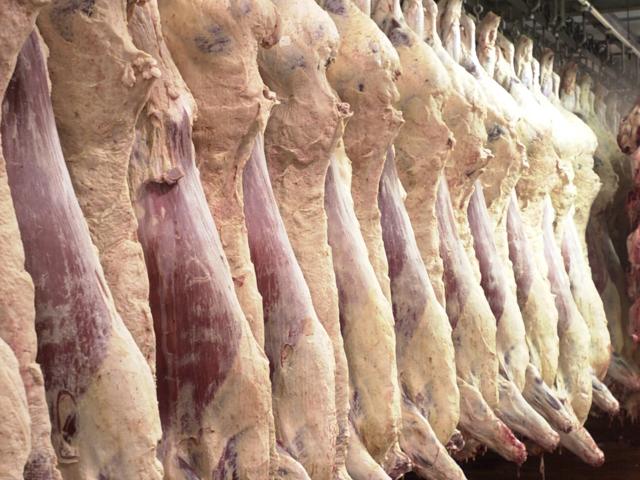Call the Market
Will Reduced Processing Speeds Allow Beef Market to Stay Current?
With the cash cattle market reaching a price point not last seen in the last seven years, we knew that packers were going to have to change their current tactic in the market, but to what extent remained the unknown puzzle piece.
Over the last two years, the industry has grown to like aggressive processing speeds and has even grown to somewhat expect them. In 2021, the market averaged processing 639,535 head of cattle each week. Thus far in 2022, the market has outpaced the previous year's ambitious pace by processing on average 649,463 head of cattle each week. That's far greater than the market's average of 2015, 2016, 2017, 2018 and 2019 when, throughout that five-year span, the market only regularly processed 597,692 head each week.
P[L1] D[0x0] M[300x250] OOP[F] ADUNIT[] T[]
This past week, however, the market saw packers' "normal" behavior turn. Instead of processing somewhere between 650,000 to 669,000 head of cattle, last week packers only processed 629,000 head, which was 23,000 head less than the week before and 29,000 head less than the same week a year ago.
Seeing packers process only 629,000 head the week before Christmas isn't that unusual as they're trying to safeguard their margins, but it does raise the question: What will be the market's norm for processing in 2023? We know that production speeds are going to be reduced both on processing fed cattle and non-fed cattle. For starters, there simply aren't as many cows to be processed as there was this past year, and with fed-cattle supplies expected to grow even thinner in 2023, packers won't run chain speeds as aggressively and run the risk of pushing their margins into the deep red.
The only way to forecast what packers could do in 2023 is to look back to years like 2015 when market-ready supplies were thin then too. In 2015, packers processed on average 542,005 head each week. Compared to our current 2022 trend, that's roughly 107,458 head less each week.
The market fully anticipates that feedlots will be able to keep the lion's share of the market's leverage through 2023 and into 2024, but it will be vital that showlists stay current in order for feedlots to remain in control. If processing speeds mimic the pace kept in 2015, when close to 542,000 head were processed each week, one must wonder if that will be a vigorous enough processing rate to keep the market current? That's a question that only time will be able to answer, but we will be sitting here watching, keeping tabs on any and all changes.
ShayLe Stewart can be reached at ShayLe.Stewart@dtn.com
(c) Copyright 2022 DTN, LLC. All rights reserved.






